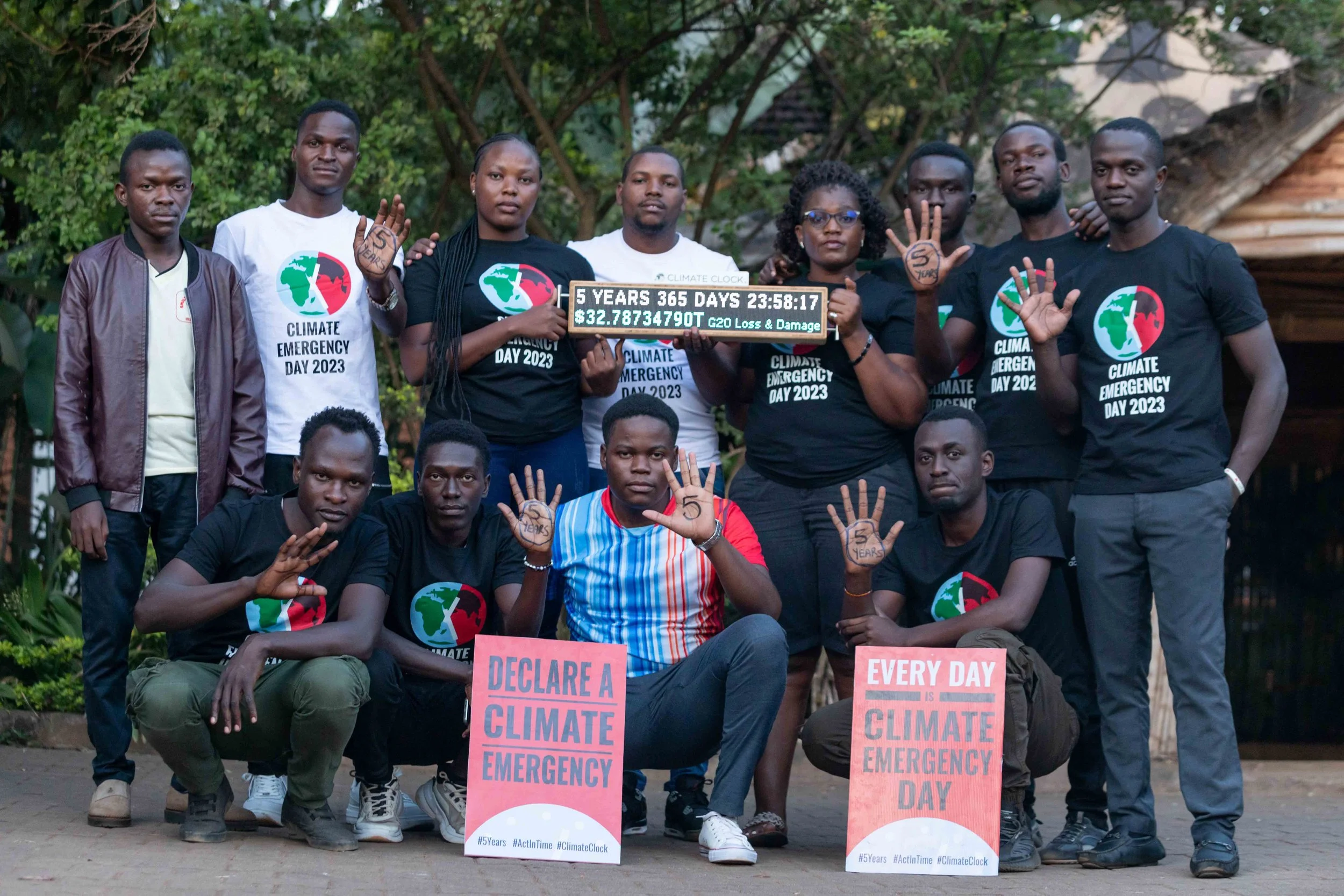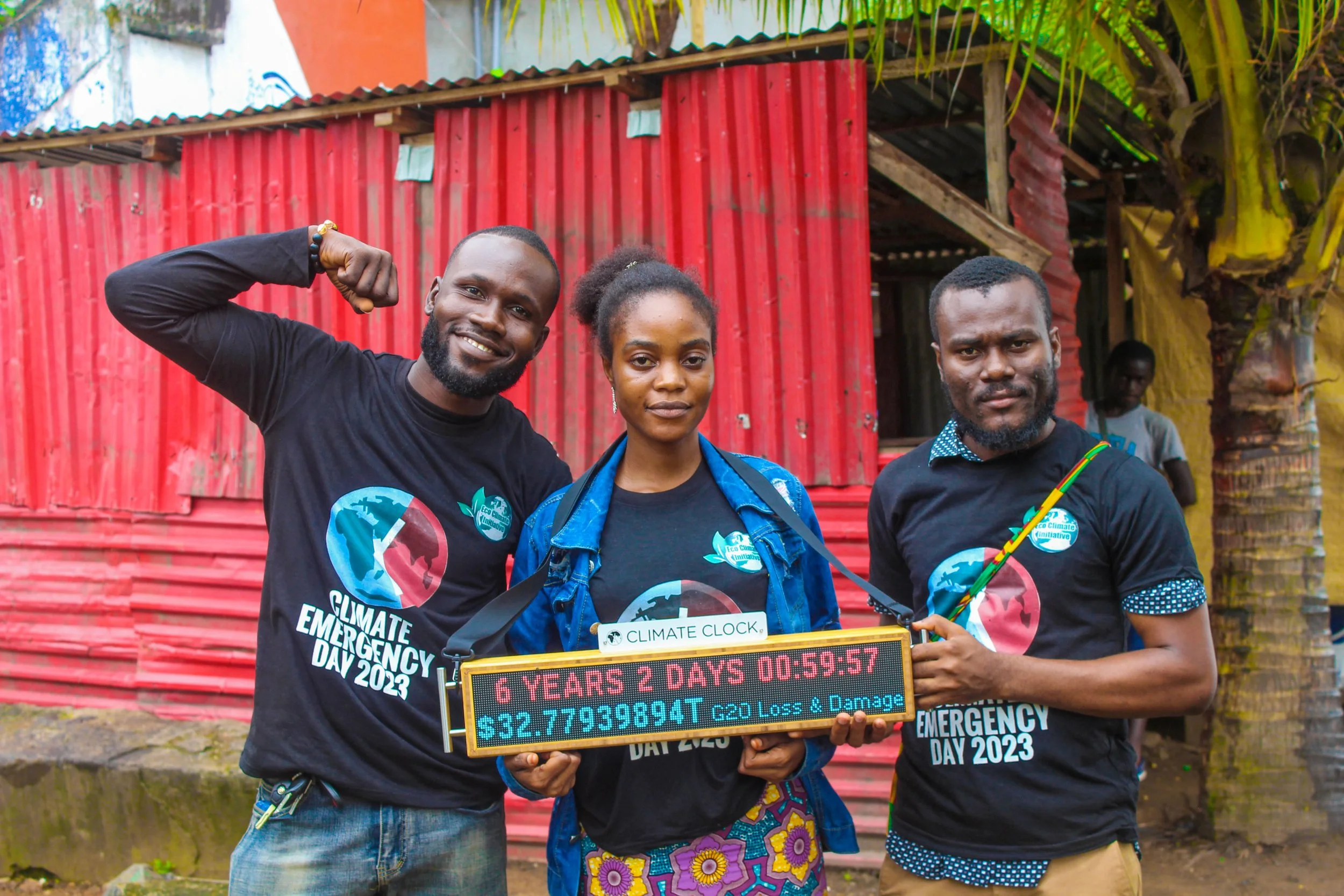Lifeline:
Act Faster, Save Trillions
Acting now to mitigate climate change is a crucial climate solution that would prevent potentially $32 trillion in damages by 2050, according to an extensive recent study from the journal Nature.
Why Urgent Action is Needed
Climate change poses massive significant short-, medium- and long-term economic risks. An extensive 2024 study published in Nature indicates that if left unaddressed, damages due to climate change — including reduced agricultural yields, increased healthcare costs due to heat-related illnesses, and infrastructure damage from extreme weather events — could take a $38 trillion bite out of the global economy by 2050. By taking immediate action, we could reduce the expected economic losses to “only” $6T, saving up to $32 trillion by 2050.
The Goal: Save $32T
By acting promptly, we have the opportunity to mitigate these escalating costs, potentially saving vast sums of money—up to $32 trillion dollars—by avoiding further climate-related damages and their associated economic impacts. Additionally, timely action can help prevent irreversible environmental damage, protect biodiversity, and safeguard human health and well-being. Immediate climate action would not only save trillions of dollars, but would also preserve a just and livable planet for ourselves and future generations.
Data
According to the study, global warming could decrease global GDP by nearly 20% by 2050, disproportionately affecting developing countries. These findings underscore the urgent need for comprehensive climate policies and investments in both mitigation and adaptation strategies.
Delaying action not only exacerbates environmental risks but also imposes substantial financial burdens on economies worldwide, threatening the long-term stability of human civilization.
How to Use This Lifeline:
Whenever anyone says, “but it costs too much to tackle climate change,” just show them this Lifeline and tell them, “actually it costs way too much not to.”
VIEW LIFELINES
Renewable Energy
Tracking the percent of global energy coming from renewable sources – wind, water, solar, and bioenergy. It currently stands at 13.5% and is rising, but extremely slowly.
Indigenous Land Sovereignty
Displays the total area of land and inland waters currently managed by Indigenous Peoples and Local Communities (IPLCs) worldwide.
Climate Finance
Tracks the climate debt owed by wealthy, high-emitting G20 countries for the impacts their carbon emissions have caused, especially to those in "developing" countries.




